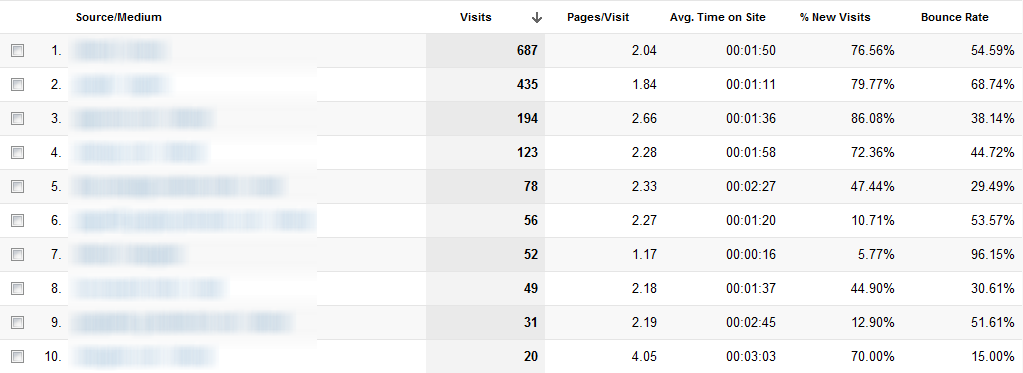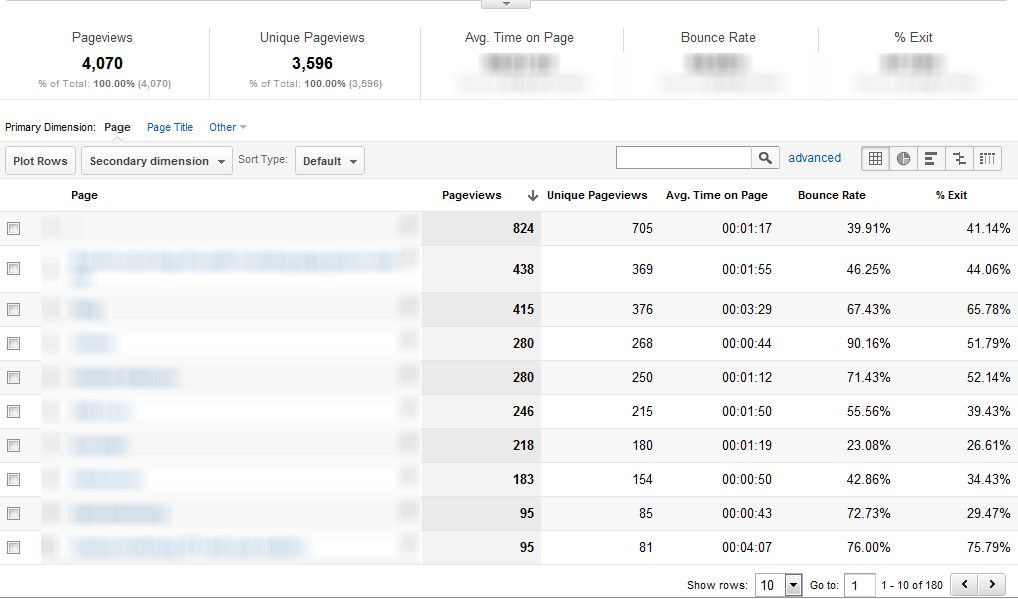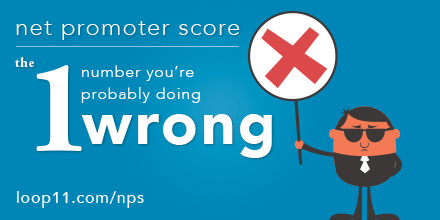We marketing geeks have a certain way of trolling an analytics account — but there’s an executive-level look, too — business owners who prefer to leave this in-the-weeds analytics stuff to their underlings are missing several things critical to the way they understand their business.
In this post, I’m going to talk about a few critical business questions which CEOs can and should answer for themselves, on an ongoing basis, through a shallow-dive look at Google Analytics.
Where is my most valuable traffic coming from?
When a website is your baby, traffic gets you excited. You know what I’m talking about. Somewhere nerdy within, you silently squeal with joy when your traffic numbers are riding high. Perhaps you’ve had a record day!
Well that’s great. But what if it means nothing for your business?
The thing is, web traffic is little more than bits and bytes clicking away in an electronic ant farm you’re hoping will pay your bills. They’re numbers. Why do we think they’re so important? Because they might convert into customers, and customers pay us, right? Precisely. And that’s why, if there’s just one analytics report business owners keep a pulse on, it must be the Traffic by Source report.
Engagement metrics
First, understand which sources are sending you visitors who actually give a sh*t about your site and what you’re up to. Pages/Visit and Avg. Time on Site measure whether a visitor even wound up on your site on purpose, and if they did, how long they’re willing to stick with you in the attention-sparse web landscape.
Personally, I tend to get particularly enthusiastic about new organic traffic. If you’re suddenly bringing in 150 new visitors every day as a result of your awesome blog post unveiling a new curried eggplant recipe, that’s super — unless their engagement metrics are a fraction of what you see from folks who found you through other channels. Right?
Conversion metrics
Pay attention to your conversion rates by traffic source. You might notice that 10% of your traffic accounts for 50% of conversions. All referrers, ad channels and social media outlets are not created equal.
New blood
Some sources of traffic will bring you fresh eyeballs and other sources will yield more returning visitors. Which does your business value more? If you’re an e-commerce site, does your average first-time shopping cart differ significantly from that of a returning customer’s?
Look carefully at the propensity of each traffic source to bring you new visitors. Once you have a returning customer, it’s likely you’re touching them through other marketing channels, but a brand new prospect — that’s gold.
How are people experiencing my site?
What proportion of your visitors see your site on their iPad? Their mobile device? Chrome or Internet Explorer (do people still use that browser)? Knowing the breakdown is part of understanding your customer base.
Maybe 30% of your users come to your site on a Mac, and your development team uses nothing but PCs. Sure, they might QA the site on a Mac, but this 30% slice of your prospect pool might not be getting the love they deserve. Maybe your homepage looks awful on the iPad, or your paid search landing pages don’t load the proper information above the fold for all users. If you don’t pay attention to how potential customers are experiencing your business on the web, you can’t control the message.
What content do people care about?
By understanding what pages on your site people spend time on, how they behave there, and what they do next, you can gain unparalleled insight into your business.
Just as a brick and mortar store owner would find it useful to develop an understanding of which store aisles draw the most customers and how the organization of her store impacts revenue — “did you find everything okay today?” — similarly, you as a business owner with a website should understand how your prospects spend their time there.
At a minimum, you should be able to recite:
1) Which pages are most visited? (your homepage, your blog, your shopping cart, your “about us” page, etc.)
2) Which pages attract the most repeat visitors? What about first timers?
3) Is new content appearing in this report, or has your website succumbed to content idleness?
Keep your site fresh by blogging and creating new content. You’ll get more organic search traffic and give your browsing population a treat to come back for. You want to see new pages indexing in this report, every few weeks at the very least.
4) Which pages have the highest bounce rate?
Is it because they suck, or because they’re a natural “exit point” for your site, like the order confirmation page? If they’re an exit point, are you providing a natural next step for your visitor? What should they do after purchasing — tell their friends to get a gift card? Share via social media? In general, analytics are a necessary and low-effort way to gather this data, but you’d also be wise to find a deeper understanding of how your users explore your site via usability testing.
All in all, here’s the bottom line. You’re busy. You’ve got a business to run, and minutes you spend in the weeds digging through statistics are minutes you could be spending elsewhere. But if you just have one hot minute to review your site analytics, I’m positing there are three places to keep your focus: traffic sources, browsers/devices, and site content.
About the author
Igor Belogolovsky is cofounder of Clever Zebo, a group of online marketing strategy experts dedicated to helping businesses grow revenue quickly and measurably by making smart moves on the web. For more good stuff, hang out with the Zebo on Twitter and peruse the Conversion Optimization blog.
![]() Give feedback about this article
Give feedback about this article
Were sorry to hear about that, give us a chance to improve.








